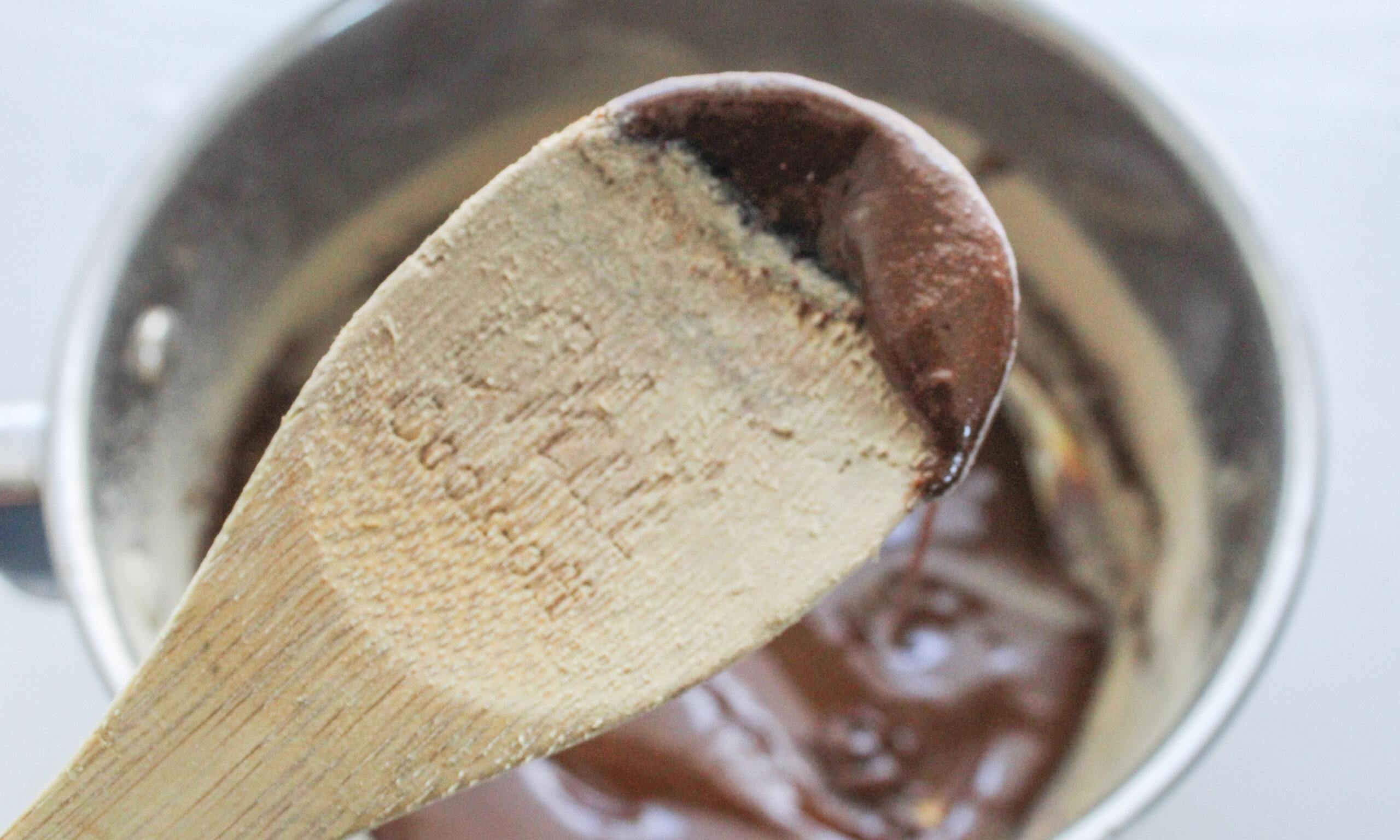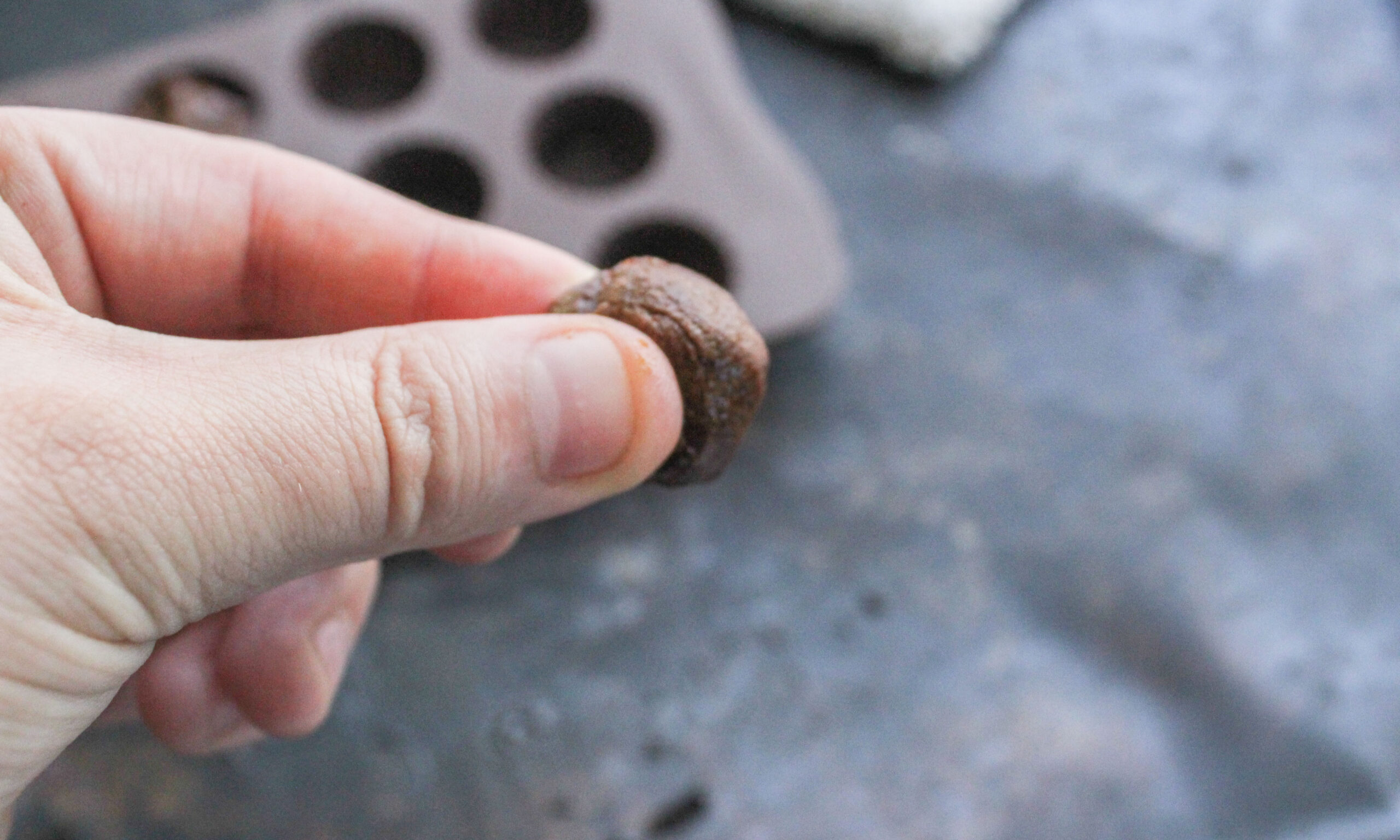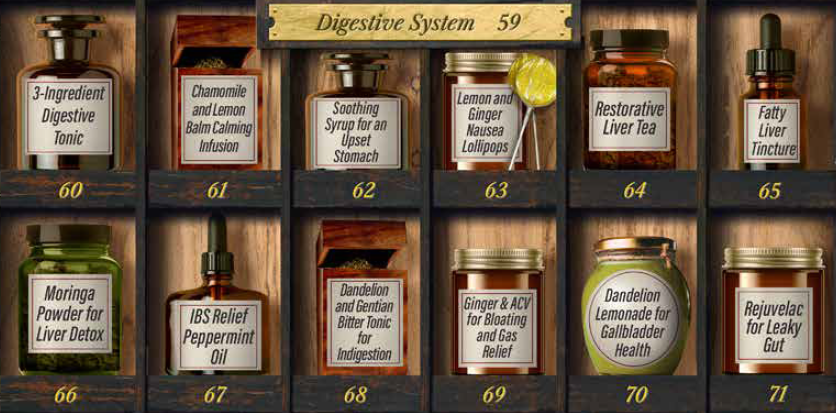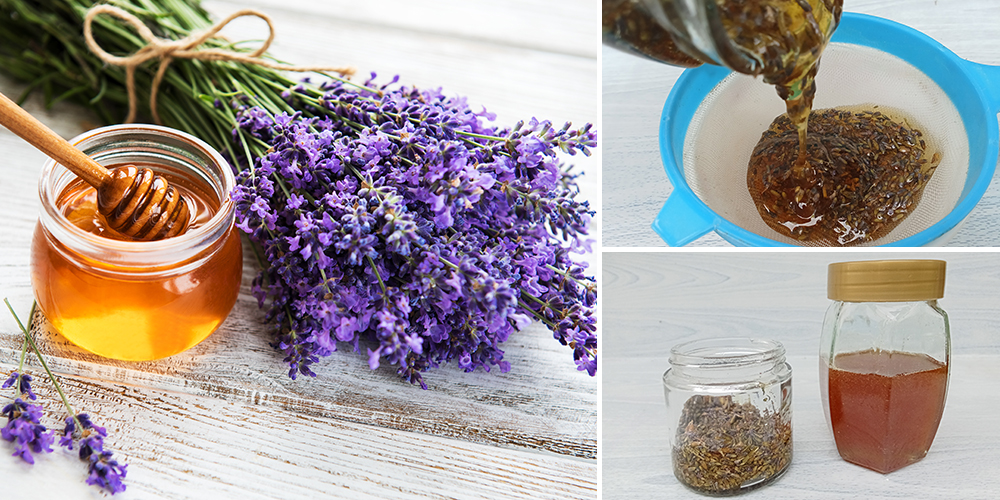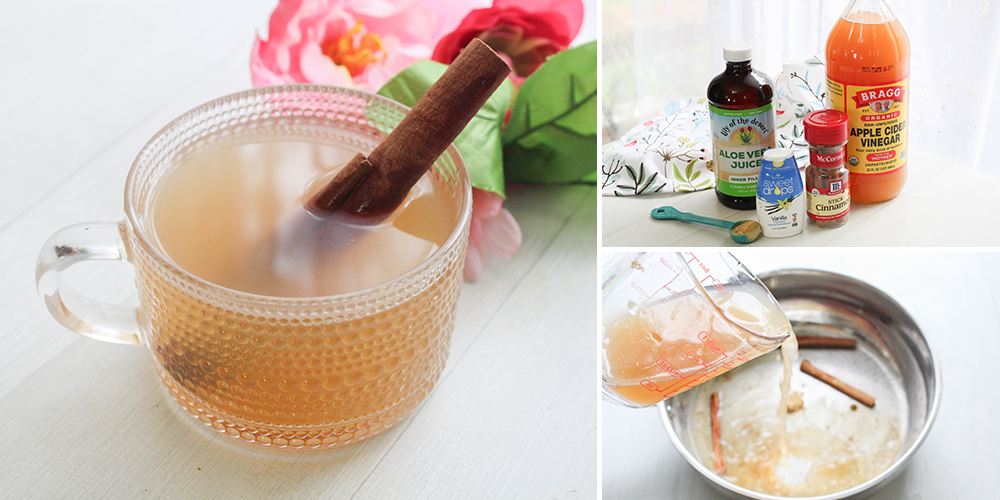
How to Calm Heartburn Naturally With Everyday Herbs
Heartburn is one of those problems that sneaks up on you when you least want it. And, there are a variety of reasons why it can occur!
Most people squelch the heat with antacids or other over-the-counter medications, but those solutions come with a host of side effects. Instead of reaching for toxins, try nature’s best remedy, herbs.
In this post, you’ll learn how to calm heartburn naturally with herbs like chamomile, which you can grow yourself.
For centuries, these herbs have been trusted to calm inflammation and protect the esophagus.
We’ll also give you the recipe for Chamomile-Licorice Lozenges, a great alternative to chalky antacids.
Keep reading to learn how to kick heartburn to the curb, naturally.
Why Does Heartburn Occur?
Everyone knows that heartburn is incredibly uncomfortable, but few know how (or why) it occurs. Stomach acid helps food particles break down, enabling them to move through the system. Heartburn happens when stomach acid flows back up through the esophagus, causing an uncomfortable feeling in the chest.
The most common cause of heartburn is the food you eat. Fried foods, caffeine, tomatoes, or citrus increase acid production, often creating an overload. Another key issue is obesity or pregnancy, as both can place extra pressure on the stomach area.
Occasional heartburn is typical, but if it becomes frequent, you may have GERD (gastroesophageal reflux disease). Even if you have chronic heartburn, there are many things you can do to support your digestion holistically.
How to Naturally Reduce Heartburn
Like most things, a whole-body approach is best when trying to reduce heartburn. Diet is a huge heartburn trigger, so reduce fast food trips and limit acidic foods, like citrus and tomatoes.
Larger meals can put pressure on the stomach, so try to break up your meals or eat smaller portions to boost digestion. You can also avoid lying down directly after eating, letting gravity keep acid where it belongs.
Certain foods are notorious for triggering heartburn… and some might surprise you. Beyond the obvious culprits like coffee and citrus, there are everyday foods that can quietly increase acid production.
I found everything in the GERD and Acid Reflux Protocol, an entire chapter in the best holistic wellness guide out there. It includes a comprehensive list of trigger foods to watch for, along with gut-friendly alternatives you can swap them with.
Herbs are an excellent support when fighting GERD. Drink teas or consume lozenges made with chamomile, slippery elm powder, licorice, and marshmallow root, some of which produce a mucus-like substance in the stomach, which gives the esophagus a protective coating.
Slippery elm and marshmallow root are worth highlighting because of how they work. Both contain mucilage. A gel-like substance that becomes slippery when mixed with water.
This creates a protective coating along your esophagus and stomach lining, giving irritated tissues a chance to heal naturally.
Think of it as creating a soothing barrier between your stomach acid and your esophageal tissue.
Conventional antacids can cause nutrient deficiency, especially when used often. Aside from that, your body can become dependent on these medications and have a hard time regulating itself.
While most people reach for antacids to mask symptoms, there’s a completely different approach—feeding the good bacteria in your gut so it can actually heal from within.
 This plant contains a rare prebiotic fiber that helps beneficial bacteria flourish, protects against leaky gut, eliminates parasites faster, and prevents polyp growth. Click here to discover which plant this is and how to use it.
This plant contains a rare prebiotic fiber that helps beneficial bacteria flourish, protects against leaky gut, eliminates parasites faster, and prevents polyp growth. Click here to discover which plant this is and how to use it.
On an emotional level, stress can bring on a GERD spell, so reducing emotional distress is also important. This is another area where herbs can come into play; you can utilize adaptogens like ashwagandha and Lion’s mane to help the body better adapt to stress.
I personally use Lion’s Mane for its brain-supporting properties—specifically its ability to promote nerve growth factor, which helps with brain cell health. What I didn’t expect was how much it also supports gut health, since about 70% of your immune system lives in your digestive tract.
And when stress hits from work or life pressures, I recommend turning to Ashwagandha to help my body adapt. Some herbalists combine these two in tincture form for people dealing with stress-related digestive issues. This blend got so popular lately people use it like crazy. Click here to check it out.
By combining mindful eating, stress-reducing practices, and incorporating digestive-boosting herbs, your heartburn symptoms will be significantly reduced. And, you won’t have to rely on medications.
Interestingly, Lion’s Mane does more than support cognitive function—it also helps maintain the integrity of your gut lining.
When you combine it with mucilage-rich herbs like marshmallow root and slippery elm, you’re addressing digestive discomfort from multiple angles: soothing inflammation, protecting tissue, and supporting repair.
There are formulas out there (like the Balanced Gut Blend) that combine these herbs if you prefer a ready-made option over creating your own remedies.
Introducing these synthetic antacids can also disrupt your gut microbiome, causing bigger issues. It’s always best to try a holistic approach whenever possible, and a great place to start is with our homemade antacid alternative.
How to Make Chamomile-Licorice Lozenges
If you’re looking for a fun, effective way to expand your herbalism skills, it’s time to dive into the world of lozenges! Though this recipe is more involved than an herbal infusion, it’s one that you can adapt to fit your various health needs.
Feel free to swap the herbal tea to fit what you have on hand. Peppermint or spearmint would be a great substitution for chamomile. If you don’t mind bitter herbs, dandelion tea is excellent at stimulating bile flow, which reduces indigestion.
Ingredients:
- 2 tablespoons dried chamomile
- 1 cup water, boiling
- 2 tablespoons licorice root powder
- 3 tablespoons slippery elm powder (or 20 drops of this Slippery Elm Tincture for boosted effect)
- ½ cup raw honey
- 2 tablespoons coconut oil, for texture

Instructions:
- Put the dried chamomile in a small cup and cover with boiling water. Let steep for 10 minutes and strain the herbs, pressing to get every bit of the liquid from the flowers.

- Combine the tea and honey in a saucepan set over medium-low heat.
- Bring to a boil, then turn to low and let cook until the mixture reaches the “hard-crack” stage (300℉ on a candy thermometer). Watch your thermometer closely, as the timing will vary based on your climate and altitude. Due to the honey, your mixture will turn dark. Remove from heat and stir in the licorice root and slippery elm powders until the mixture thickens. Add the coconut oil, one teaspoon at a time, until the mixture is smooth. You will likely need less than the amount listed. Remember, it’s best to start with less and work your way up.

- Let the mixture cool slightly, then mold it into silicone candy molds or roll it into small balls. Be careful, as the mixture is hot and can easily burn you. Allow your molded lozenges to cool. To speed up the process, you can set it in the fridge. If desired, sprinkle the lozenges with cornstarch or arrowroot powder to prevent them from getting sticky.

How to Use This Remedy
Like cough drops, these lozenges slowly melt in your mouth, giving you prolonged benefits. To use, place one lozenge in your mouth after acidic meals or when heartburn symptoms begin.
This helps you hit indigestion before it becomes a huge problem! Allow the lozenge to dissolve without chewing, so the healing compounds have time to coat your throat and esophagus.
This remedy is safe for adults and children over the age of 6. If giving to young children, monitor closely to prevent choking. Because this remedy includes honey, avoid giving it to children under the age of 1. Adults can enjoy 3-4 lozenges safely daily, but children should stick to 1-2.
Licorice root can be harmful for those with high blood pressure, so if you fall under this category (or are nursing/pregnant), be sure to consult your natural health care provider before implementing.
Chamomile-Licorice Lozenges keep well when stored properly. Once cooled, put them into an airtight container or Ziploc bag and keep them in a cool, dry place away from direct light and heat. They’ll last 2-3 weeks at room temperature, 4-6 weeks in the fridge, or up to 3 months when frozen.
The Better Alternative
However, if you don’t have the time, the tools, or the place where you can source your ingredients from, you can find the herbal blend containing the medicinal herbs we talked about, here. They’re made by a very experienced herbalist, and all the herbs in them are either wild-harvested or organically grown – which not a lot of supplements can claim!
This gut-soothing herbal blend might just become one of the most-sought remedies once a crisis strikes, pharmacies get looted, and hospitals overcrowded.
Your Natural Digestive Apothecary Awaits
The lozenges we just made are powerful—but they’re just one remedy.
Imagine having an entire shelf of digestive solutions at your fingertips: the Black Milk that soothes heartburn within minutes, Rejuvelac for Leaky Gut that helps seal damaged intestinal lining, the Gut-Healing Elixir that addresses inflammation at its source, and the Restorative Liver Tea that helps your body detox after heavy meals.
Inside The Forgotten Home Apothecary, you’ll discover over 250 remedies organized just like an old-fashioned pharmacy—by body system. No more flipping through pages wondering where to start. Just go to the Digestive System shelf and find exactly what you need for bloating, gas, acid reflux, IBS, constipation, or gut inflammation.
These are the same recipes our grandparents used before pharmaceuticals took over. Simple, effective, and made with ingredients you can find in nature or your local market.
Click here to get your copy and discover all the digestive remedies waiting on your shelf







